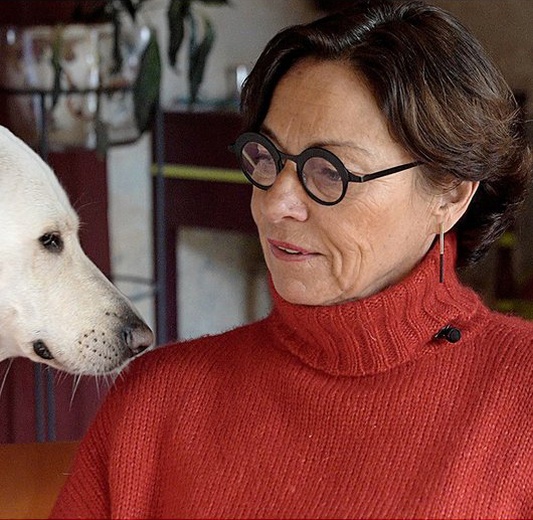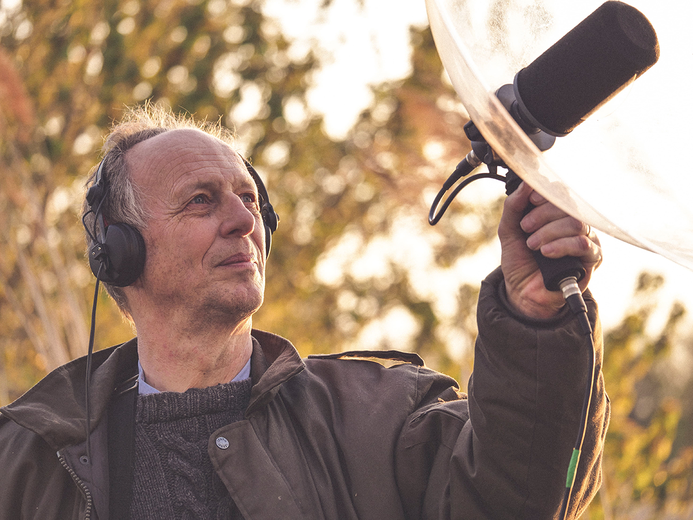Les sons et les chants des vivants ont inspiré, depuis son origine, l’histoire de la musique. Aujourd’hui, nombre de compositeurs et d’artistes sonores explorent une grande variété de modes expressifs en faisant venir ces « autres » êtres dans leur musique. Il ne s’agit pas simplement d’intégrer ces modes expressifs à la musique mais de chercher à faire entendre, par des traitements, arrangements, des transformations du son, ce qui n’est pas perceptible a priori à nos oreilles humaines, ou qui s’entend autrement. Il s’agit de réinventer les différentes façons de faire continuum entre ces sons et l’œuvre d’art. Comment ces sons se travaillent-ils ? Quelles opérations nous rendent ces sons perceptibles, nous permettent de sentir leur tessiture, leurs variations, voire simplement leur existence ?
Dans une table ronde animée par la philosophe Vinciane Despret et le musicologue Nicolas Donin, les compositeurs Robin Meier et Bernard Fort partageront avec nous leur cuisine concrète et nous donneront à entendre, pour l’un les stridulations des fourmis ou l’expérience de musiciens qui chantent avec et comme les moustiques, pour l’autre celle de nous faire sentir l’exaltation de l’alouette des champs ou le soliloque tout en babil de la mésange.
La soirée présentera dans une deuxième partie la performance musicale Truce, une proposition de Robin Meier. Pour trouver un partenaire de la bonne espèce, moustiques mâles et femelles comptent sur leur capacité à « chanter » juste. Les moustiques ajustent le son du bourdonnement qu'ils produisent afin de synchroniser les battements d'ailes entre mâles et femelles, ce qui permet un bourdonnement harmonisé et la copulation en plein vol. Truce utilise le comportement naturel de synchronisation des moustiques pour les amener à créer de la musique.
Dans cette adaptation « concertante » de l'installation Truce (Robin Meier & Ali Momeni, 2009) un chanteur de Dhrupad, chant classique traditionnel du nord de l’Inde, entonne un lent glissando appuyé par des vibrations graves et éthériques d’ondes Martenot. Stimulés par la voix du chanteur et les fréquences des ondes, trois moustiques accordent indépendamment leur bourdonnement à ces sons. Activé par le bourdonnement, un ordinateur génère trois voix électroniques distinctes, reproduisant le ton de chaque moustique. Ces trois voix électroniques entrent ponctuellement en harmonie les unes avec les autres, en fonction de la capacité des insectes à rester en synchronisation avec le stimulus sonore.
Ensemble, insectes, humains et machines composent un chant d’une alliance inter-espèce.
Truce
Robin Meier conception
Nirmalya Dey chant
Christine Ott instruments (Ondes Martenot)
Lionel Feugère (University of Greenwich) préparation moustiques et conseil scientifique
Avec le soutien de Pro Helvetia, Fondation suisse pour la culture. Remerciements à Laurent Dumas du Groupe Emerige, Mylène Weill, Gabriella Gibson, Lionel Feugère et Ali Momeni.
Organisation
Jean-Max Colard et Joséphine Huppert, Centre Pompidou
Nicolas Donin, Ircam-STMS
Cette soirée s’inscrit dans le cadre de l’invitation faite à Vinciane Despret, invitée intellectuelle du Centre Pompidou en 2021-2022. Découvrir l'ensemble de la programmation.
 Truce
Truce Truce
Truce La philosophe Vinciane Despret © "Les Possédés et leurs mondes", Emmanuel Luce 2019 (détail)
La philosophe Vinciane Despret © "Les Possédés et leurs mondes", Emmanuel Luce 2019 (détail) Le compositeur Robin Meier
Le compositeur Robin Meier Le compositeeur Bernard Fort © Sylvain Daulin
Le compositeeur Bernard Fort © Sylvain Daulin


